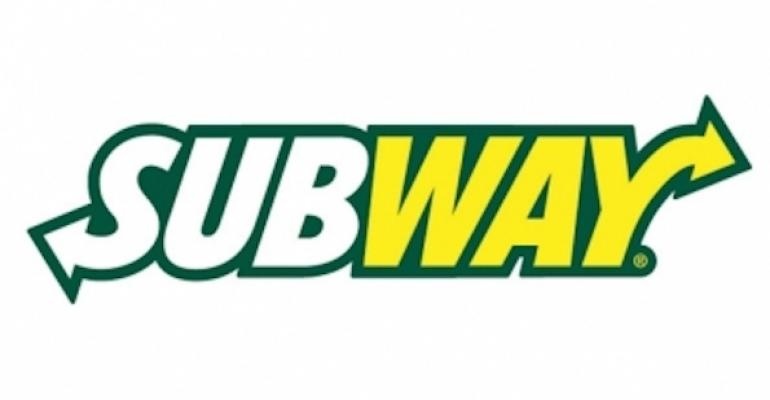 This post is part of the On the Margin blog.
This post is part of the On the Margin blog.
Nobody said the restaurant business was easy.
In 2008, Subway introduced the $5 Footlong, adopting chain-wide a strategy first employed by a franchisee. The promotion was remarkably successful, helping the sandwich giant trounce its competitors at a time when consumers were intent on buying cheap food.
But the chain has had a tough time distancing itself from that campaign. It shifted away from the promotion as operators raised prices amid rapidly rising commodity costs. Many believe the end of the $5 Footlong has been a big contributor to the chain's sales struggles the past couple of years.
With commodity costs easing and many quick-service chains shifting toward value, Subway opted to return to a price-point strategy, this time with $6 Footlong subs all month.
The response perhaps isn’t what the chain intended. To wit:
@SUBWAY SORRY I WILL NEVER PAY SIX BUCKS FOR A FOOT LONG!! ILL EAT SOMEWHERE ELSE! HAVE FUN RE COOPERATING THEN FROM FOGLES MESS!
— Spazz (@coolspazzgurl28) February 4, 2016
Such is the challenge for a chain that uses a single, discounted price point for too long.
Price-point marketing has been popular for a long time. Quick-service restaurant chains like McDonald’s and Wendy’s used dollar menus to get customers in the door.
For McDonald’s and Subway in particular, their low-cost menus and intense marketing enabled them to thrive during the recession when other concepts struggled.
But while $1 and $5 are great to get customers’ attention, and they make for wonderful jingles, inflation ultimately takes over and makes those price points more obsolete.
Rising food costs in recent years have made it especially difficult for many operators to maintain these price points. And that puts pressure on brands to raise prices.
But when those prices go up, customers get mad. Or they just don’t come back.
McDonald’s traffic has fallen a cumulative 9 percent over the past three years — three years in which it shifted away from that discounting strategy — and is part of the reason the chain has returned to the well with its McPick 2-for-$2 menu. McDonald's CEO Steve Easterbrook has blamed the traffic decline in part on the chain's inability to replace the Dollar Menu with an offering consumers found compelling.
In Subway’s case, the chain went back to a price point, this time with $6 Footlong subs. When so many consumers recall the $5 Footlong, it sounds more like a price increase than a budget deal.
i was always a believer that paying $5 dollars for portable garbage was too much, let alone $6 #subway @SUBWAY
— Tim Hunter (@NicknameThunder) February 4, 2016
None of this is to say that price-based promotions are a bad idea. Chains just must tread carefully when they use them — and when they end them.
Contact Jonathan Maze at [email protected]
Follow him on Twitter at @jonathanmaze

